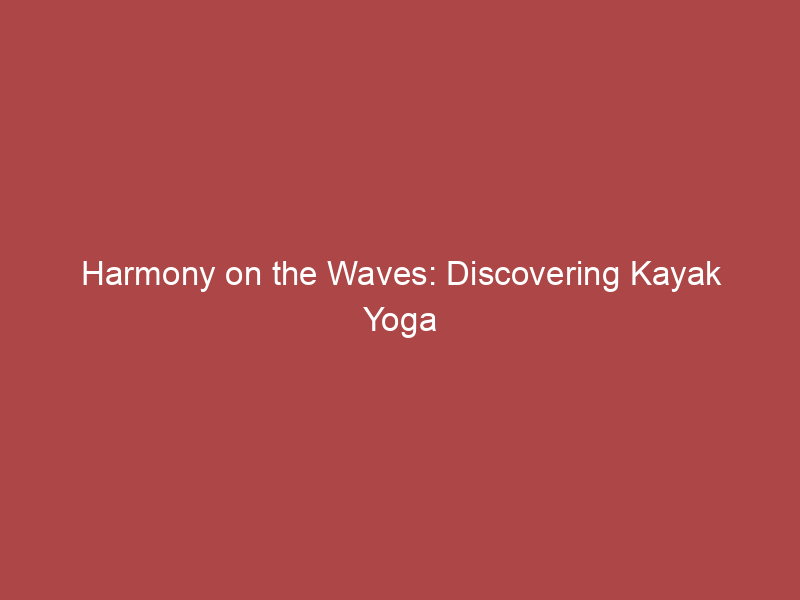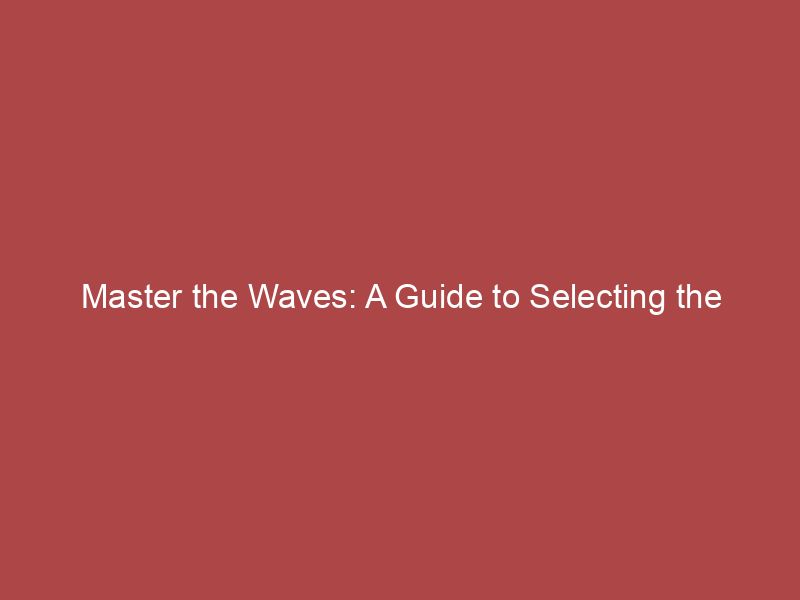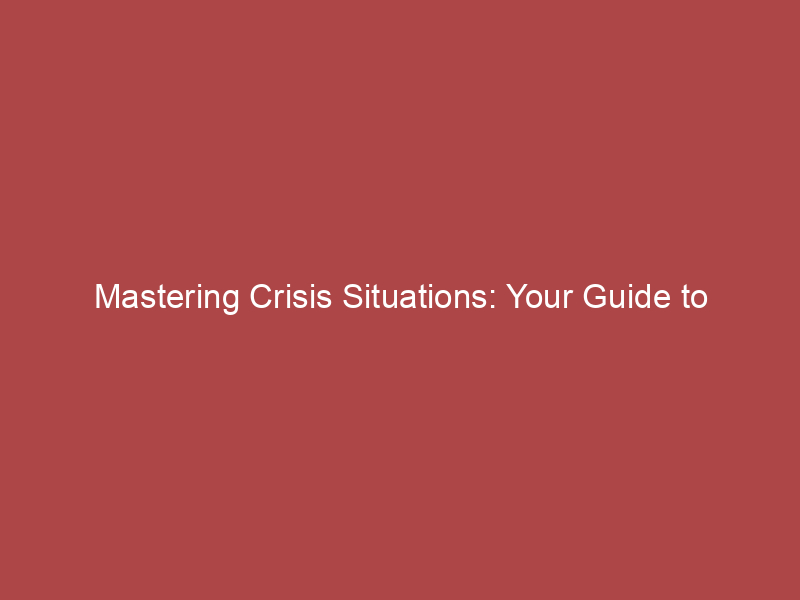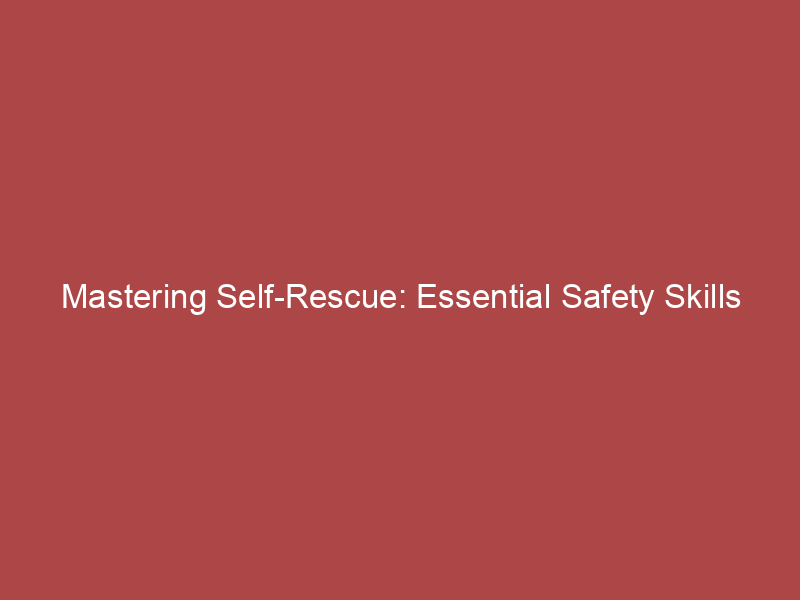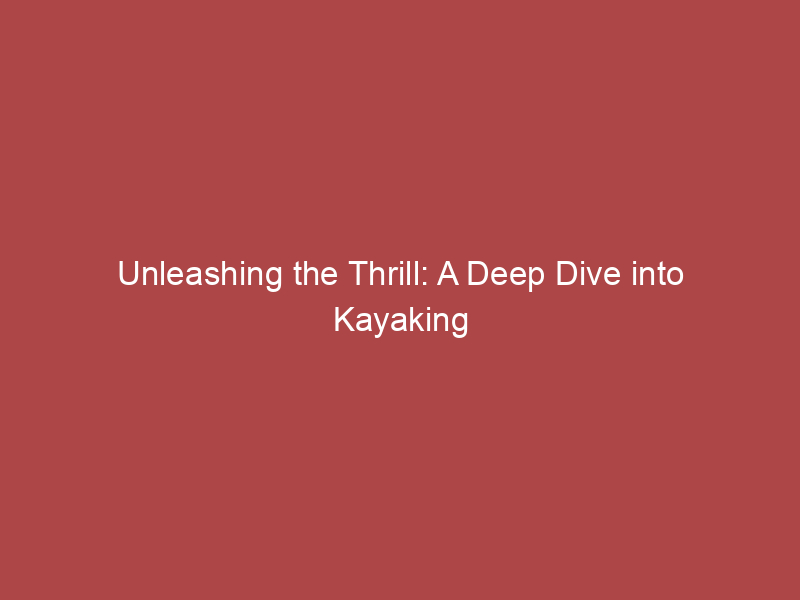
Introduction to Kayak Yoga
Welcome to the wonderful world of Kayak Yoga! This unique practice combines the tranquility of yoga with the thrill of kayaking. It’s a fantastic way to enjoy the great outdoors while also improving your strength, balance, and flexibility. But what exactly is Kayak Yoga, and where did it come from? Let’s find out!
-
- Definition of Kayak Yoga
Kayak Yoga is a form of exercise that combines the physical postures of yoga with the balance and coordination required for kayaking. Participants perform yoga poses on a kayak, usually while floating on calm water. This practice not only enhances the benefits of traditional yoga by adding an extra challenge to balance and stability, but also allows practitioners to connect with nature in a unique and refreshing way.
-
- Origins and History of Kayak Yoga
The concept of Kayak Yoga is relatively new, having emerged within the last two decades. It was born out of the desire to take yoga practice outside the confines of a studio and into the natural world. The exact origins are hard to pinpoint, as many outdoor enthusiasts and yoga practitioners independently started combining the two activities around the same time. However, it’s generally agreed that the trend started in coastal areas where both kayaking and yoga were already popular. Since then, Kayak Yoga has spread across the globe, with classes now available in many countries and regions.
Now that we’ve covered the basics, let’s dive deeper into the fascinating intersection of kayaking and yoga, and explore how you can get started with this invigorating practice.
The Intersection of Kayaking and Yoga
When we think of yoga, we often picture a peaceful room filled with tranquility. But what if you could take your yoga practice to the great outdoors, specifically on a kayak? This is where the worlds of kayaking and yoga intersect, creating a unique and exciting form of exercise known as kayak yoga.
Balance on Water: The Core Principle of Kayak Yoga
Balance is a fundamental principle in both yoga and kayaking. In kayak yoga, it takes on a new dimension as you have to maintain your stability on a moving surface. Let’s explore this concept in more detail.
-
- Understanding the Concept of Balance in Yoga
Balance in yoga is not just about standing on one foot. It’s about creating equilibrium in your body, mind, and spirit. It involves engaging your core muscles, focusing your mind, and breathing deeply. When you’re balanced, you feel grounded, stable, and calm.
-
- Applying Balance Techniques on Water
Transferring these balance techniques to a kayak takes practice. Start by finding a calm body of water where you can safely practice your yoga poses. As you move through each pose, engage your core muscles to help maintain your balance. Remember to breathe deeply and focus your mind. With time and practice, you’ll find your balance on the water.
The intersection of kayaking and yoga offers a unique opportunity to enhance your balance, focus, and strength. It’s a challenging yet rewarding practice that brings together the tranquility of yoga with the thrill of kayaking. So why not give it a try? You might just find a new passion in kayak yoga.
Yoga for Kayakers: Enhancing Performance
As a kayaker, you might be wondering how yoga could possibly enhance your performance on the water. Well, it’s not just about flexibility and balance. Yoga can offer a multitude of benefits that can significantly improve your kayaking skills. Let’s delve into the benefits of yoga for kayakers and explore some specific yoga poses that you can incorporate into your routine.
-
- Benefits of Yoga for Kayakers
Yoga provides a holistic approach to fitness that can greatly benefit kayakers. Here are some key benefits:
-
-
- Improved Balance: Yoga poses often require you to balance on one foot or hand, which can help improve your stability on a kayak.
- Increased Flexibility: The stretching involved in yoga can help increase your flexibility, making it easier for you to maneuver in your kayak.
- Enhanced Strength: Many yoga poses require you to support your body weight, which can help build strength in your core and upper body – essential for effective paddling.
- Better Breathing: Yoga teaches you to control your breath, which can help you stay calm and focused even in challenging water conditions.
- Specific Yoga Poses for Kayakers
-
Now that we’ve covered the benefits, let’s look at some specific yoga poses that can help enhance your kayaking performance:
-
- Downward Dog: This pose stretches the entire body, particularly the shoulders and back, which can help prevent stiffness during long paddling sessions.
- Boat Pose: This pose strengthens the core, which is essential for maintaining balance on a kayak.
- Warrior II: This pose strengthens the legs and core while improving balance and stability.
- Tree Pose: This balance-focused pose can help you develop the stability needed to stay upright on a kayak.
Incorporating yoga into your training routine can provide numerous benefits that can enhance your kayaking performance. Remember, consistency is key. So, make it a habit to practice yoga regularly and watch your kayaking skills soar to new heights.
Getting Started with Kayak Yoga
Embarking on the journey of kayak yoga may seem daunting at first, but with the right guidance and equipment, you’ll be on your way to achieving serenity on the water. Let’s take a look at the essential equipment you’ll need to get started.
Essential Equipment for Kayak Yoga
Having the right equipment is crucial for a successful and enjoyable kayak yoga experience. Here are the two main categories of equipment you’ll need:
-
- Choosing the Right Kayak
When it comes to kayak yoga, not just any kayak will do. You’ll need a stable, wide-bottomed kayak that can support you as you perform various yoga poses. Look for kayaks with a flat hull, as they offer more stability than rounded or V-shaped hulls. Inflatable kayaks can also be a good option, as they are lightweight and easy to transport.
-
- Yoga Accessories for Kayak Yoga
Once you’ve chosen your kayak, you’ll need to gather your yoga accessories. A yoga mat that fits comfortably within the kayak is a must. It will provide grip and cushioning, making your practice more comfortable. You may also want to consider a yoga block or strap to assist with poses, and a waterproof bag to keep your belongings dry.
Remember, the key to a successful kayak yoga practice is preparation. By choosing the right kayak and equipping yourself with the necessary yoga accessories, you’ll be well on your way to enjoying the unique experience of performing yoga on the water.
Basic Yoga Poses in a Kayak
Now that we’ve covered the essential equipment for kayak yoga, let’s dive into some basic yoga poses you can do in a kayak. Remember, safety is paramount, so ensure you are comfortable and stable before attempting these poses.
-
- Seated Forward Bend
The Seated Forward Bend, also known as Paschimottanasana, is a great pose to start with. Sit upright in your kayak, extend your legs out in front of you and slowly bend forward from your hips, reaching towards your toes. This pose is excellent for stretching your spine, shoulders, and hamstrings. It also helps to calm the mind and relieve stress.
-
- Boat Pose
Next up is the Boat Pose, or Navasana. This pose requires a bit more balance. Sit on the edge of your seat, lean back slightly and lift your legs off the floor of the kayak. Extend your arms parallel to the water surface. This pose strengthens your core and improves your balance, both of which are essential for kayak yoga.
-
- Camel Pose
The Camel Pose, or Ustrasana, is a bit more challenging. Kneel on the seat of your kayak, lean back and try to reach your heels with your hands. This pose stretches the entire front of the body, strengthens the back muscles and improves posture. It’s a great pose for those looking to take their kayak yoga practice to the next level.
Remember, the goal is not to perform these poses perfectly, but to enjoy the process of connecting with nature and your body. Always listen to your body and modify the poses as needed. With practice, you’ll find your balance and flexibility improving, and you might even discover a newfound love for yoga and kayaking!
Now that we’ve covered some basic poses, in the next section, we’ll explore the mental benefits of combining yoga and kayaking. Stay tuned!
Serenity on Water: The Mental Benefits of Kayak Yoga
When you think of yoga, you probably imagine a peaceful studio or a serene outdoor setting. But have you ever considered doing yoga on a kayak? Kayak yoga combines the calming effects of yoga with the tranquility of being on the water. This unique practice offers a range of mental benefits, from stress relief to improved focus and a deeper connection with nature. Let’s explore these benefits in more detail.
- Stress Relief
One of the most significant mental benefits of kayak yoga is stress relief. The combination of gentle yoga poses and the calming effect of water can help to reduce stress levels. When you’re on a kayak, you’re away from the hustle and bustle of everyday life. There are no distractions, just you, the water, and your yoga practice. This can help to clear your mind and reduce feelings of stress and anxiety.
- Improved Focus and Concentration
Kayak yoga also helps to improve focus and concentration. Balancing on a kayak requires a great deal of concentration and mindfulness. You need to be fully present and aware of your body and its movements. This can help to improve your focus and concentration in other areas of your life as well. Plus, the practice of yoga itself is known for its ability to enhance mental clarity and focus.
- Connection with Nature
Finally, kayak yoga allows you to connect with nature on a deeper level. Being out on the water, surrounded by the beauty of the natural world, can have a profound effect on your mental well-being. It can help to boost your mood, reduce feelings of stress and anxiety, and provide a sense of peace and tranquility that’s hard to find in our busy modern lives.
Kayak yoga offers a unique and effective way to improve your mental health and well-being. Whether you’re looking for a way to reduce stress, improve your focus, or connect with nature, kayak yoga could be the perfect solution. So why not give it a try? You might be surprised by the benefits it can bring to your life.
Outdoor Yoga: Taking Your Practice Outside the Studio
Yoga is a practice that not only strengthens the body but also calms the mind. Traditionally, yoga is done indoors, in a quiet and serene studio. However, taking your yoga practice outdoors can offer a whole new level of experience. The natural environment can enhance the calming and meditative effects of yoga, making your practice even more beneficial.
One of the most exciting ways to take your yoga practice outdoors is by trying aquatic yoga. This form of yoga combines the tranquility of water with the strength and flexibility of yoga, creating a unique and refreshing experience.
Aquatic Yoga: Exploring Other Forms of Water Yoga
Aquatic yoga is not just limited to one type. There are several forms of water yoga that you can try, each offering its own set of benefits. Here are a couple of them:
-
- Stand Up Paddleboard Yoga
Stand Up Paddleboard (SUP) Yoga is a fun and challenging form of water yoga. It involves performing yoga poses on a paddleboard in the middle of a body of water. This requires balance and focus, making it a great way to improve your core strength and stability. Plus, the gentle rocking of the water adds a soothing element to your practice.
-
- Pool Yoga
Pool Yoga, on the other hand, is a more accessible form of water yoga. It is done in the shallow end of a swimming pool, making it a safe option for beginners. The water provides resistance, which can help improve your strength and flexibility. Plus, the buoyancy of the water can make some yoga poses easier to perform, making it a great way to ease into the practice.
Whether you choose to try SUP Yoga or Pool Yoga, taking your practice outside the studio and into the water can provide a refreshing change of pace. Not only will you get to enjoy the physical benefits of yoga, but you’ll also get to connect with nature and experience a sense of peace and tranquility that only the great outdoors can provide.
Case Studies: Success Stories of Kayak Yoga
Let’s take a closer look at two inspiring stories of individuals who have embraced kayak yoga and experienced significant benefits. These case studies will provide you with a deeper understanding of how kayak yoga can positively impact your life.
-
Case Study 1: Sarah’s Journey to Serenity
Sarah, a 35-year-old mother of two, was looking for a way to combine her love for the outdoors with her need for relaxation. She discovered kayak yoga and decided to give it a try. Sarah attended a local kayak yoga class and was instantly hooked. She found the combination of the gentle rocking of the kayak and the calming yoga poses to be incredibly soothing.
After practicing kayak yoga for six months, Sarah reported a significant decrease in her stress levels. She also noticed an improvement in her overall physical fitness. “Kayak yoga has changed my life,” Sarah said. “It’s a wonderful way to enjoy nature while also taking care of my mental and physical health.”
-
Case Study 2: Tom’s Transformation
Tom, a 50-year-old office worker, was struggling with chronic back pain. His doctor recommended yoga to help alleviate his discomfort. However, Tom found traditional yoga classes to be intimidating and not very enjoyable. Then, he discovered kayak yoga.
Tom was drawn to the idea of practicing yoga on a kayak. He loved the idea of being on the water and found the idea of combining yoga and kayaking to be exciting. After a few sessions, Tom noticed a significant improvement in his back pain. He also found that he was more relaxed and less stressed after each session.
“Kayak yoga has been a game-changer for me,” Tom said. “Not only has it helped with my back pain, but it’s also a great way to unwind after a long day at work.”
These case studies show that kayak yoga can provide a variety of benefits, from stress relief to improved physical health. Whether you’re an outdoor enthusiast like Sarah or someone looking for a unique way to stay fit like Tom, kayak yoga could be a great fit for you.
Conclusion: Embrace the Waves with Kayak Yoga
As we conclude our journey into the world of kayak yoga, we hope that you have found the information provided both enlightening and inspiring. We’ve explored the unique intersection of kayaking and yoga, delved into the mental benefits of this practice, and even shared some success stories. Now, it’s time to recap and encourage those of you who are just starting out.
-
- Recap of Key Takeaways
Firstly, kayak yoga is a unique blend of the tranquility of yoga and the thrill of kayaking. It’s a practice that not only improves your physical strength and flexibility but also enhances your mental well-being. The serenity that comes from practicing yoga on water is unparalleled. Taking your yoga practice outside the studio and into the great outdoors can provide a refreshing change of scenery and a new challenge to overcome.
Secondly, we’ve heard from individuals who have found success and joy in kayak yoga. Their stories serve as a testament to the transformative power of this practice. Whether you’re a seasoned yogi or a kayaking enthusiast, kayak yoga has something to offer you.
-
- Encouragement for Beginners
If you’re just starting out, remember that every expert was once a beginner. Don’t be discouraged if you find the poses challenging at first. With patience, practice, and perseverance, you’ll soon find your balance on the kayak and in your life.
Embrace the waves, both literally and metaphorically. Just like in life, the waters won’t always be calm. But with kayak yoga, you’ll learn to find your center amidst the waves. So, don’t wait any longer. Grab a kayak, unroll your yoga mat, and start your journey towards serenity and strength with kayak yoga.

